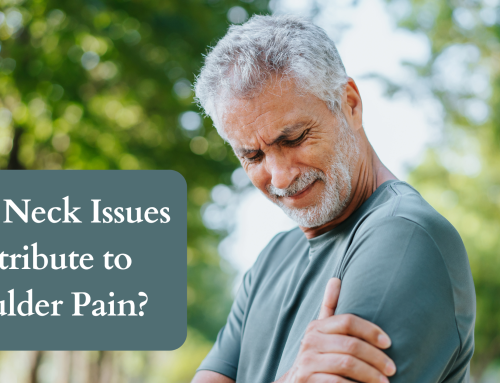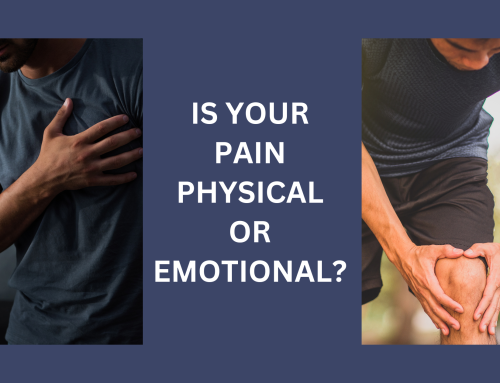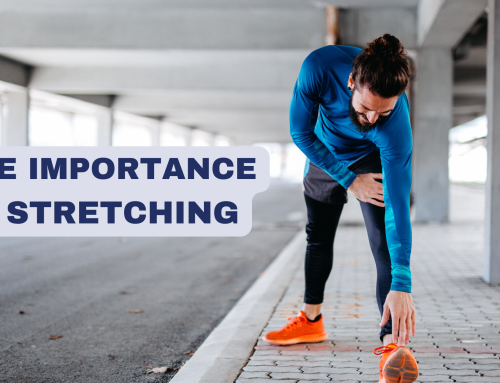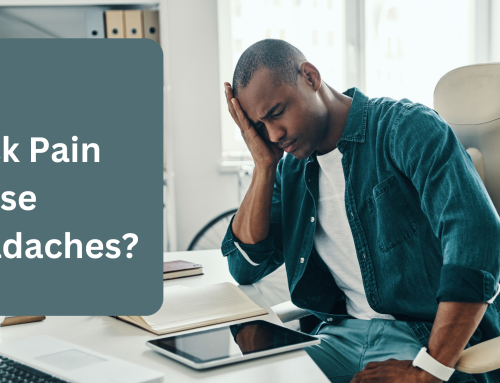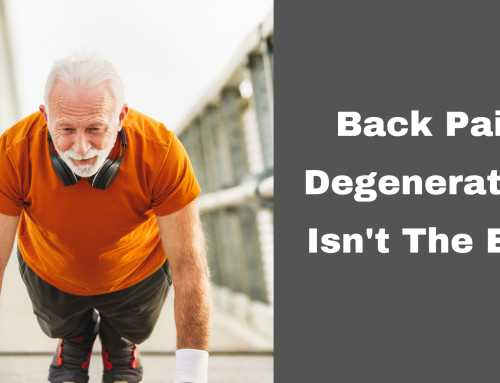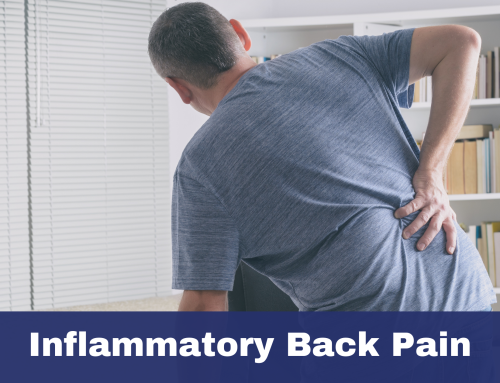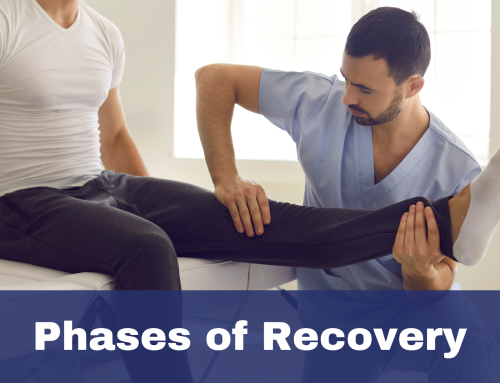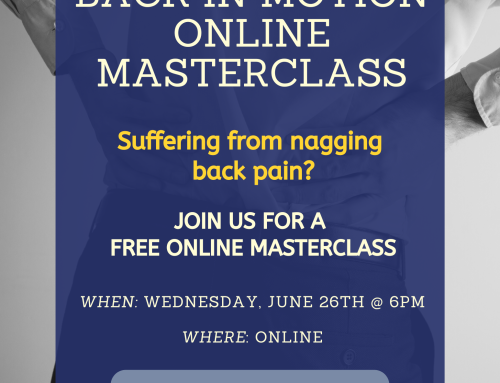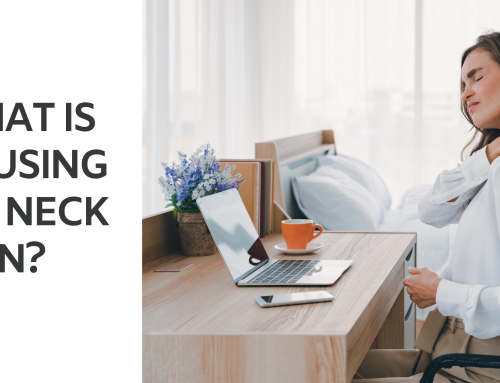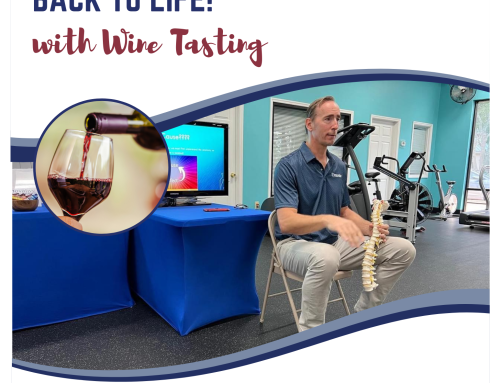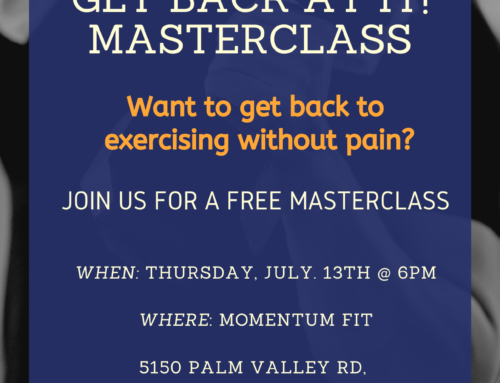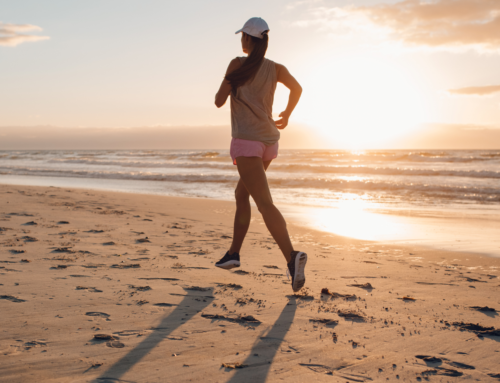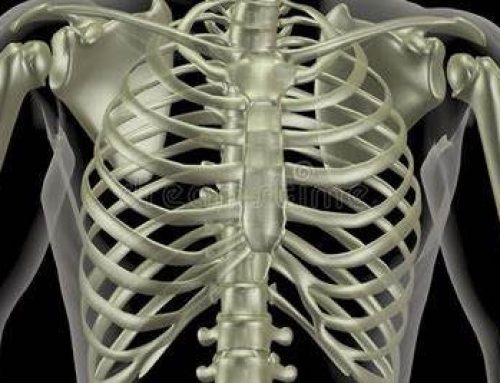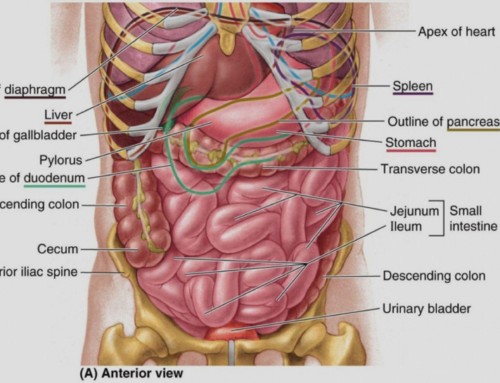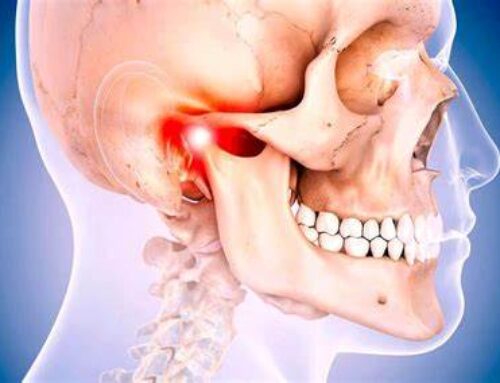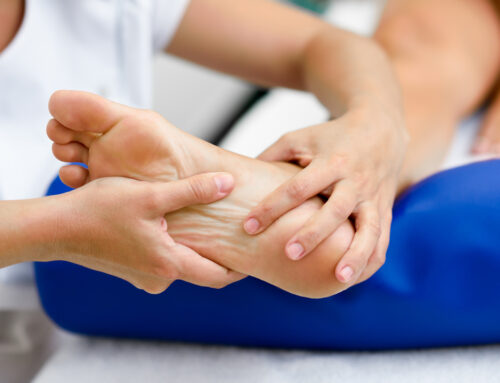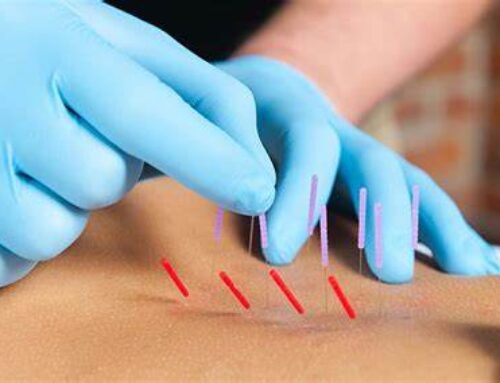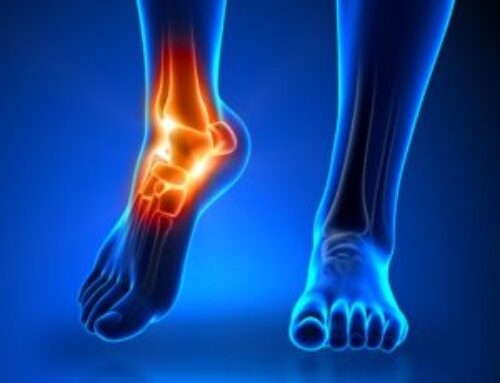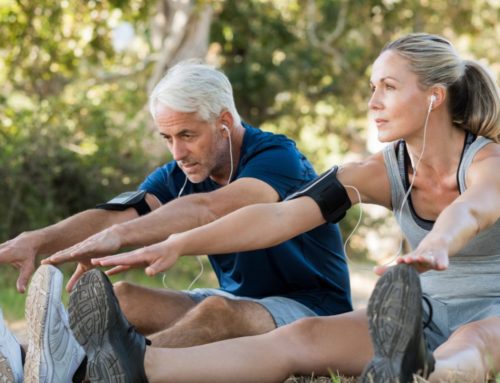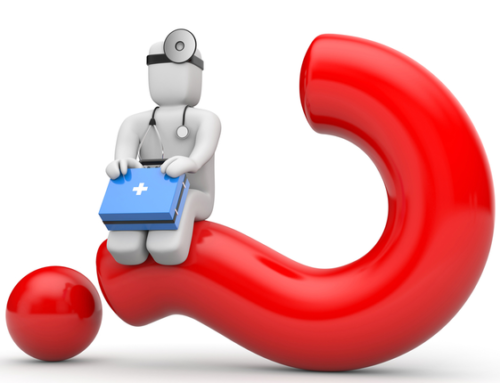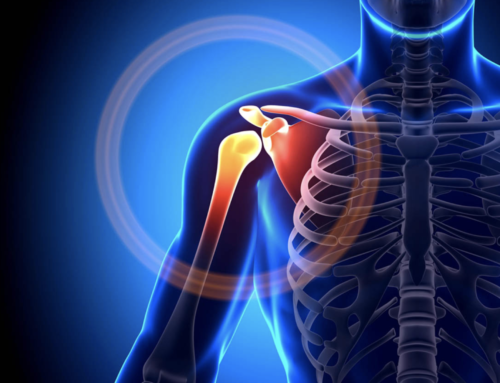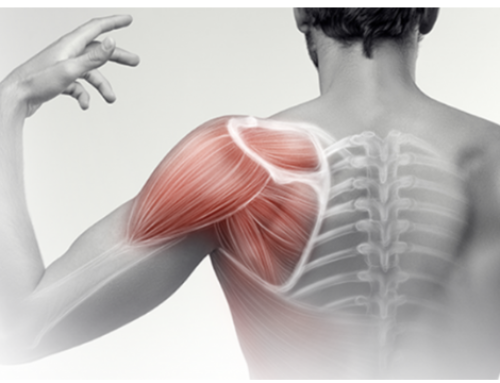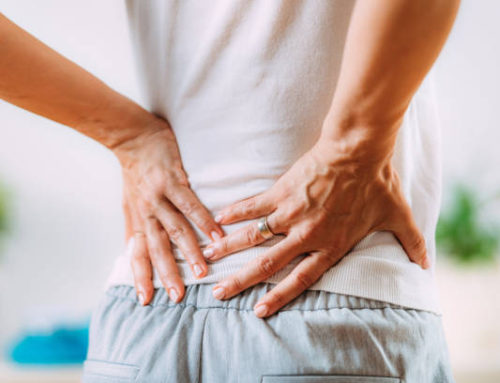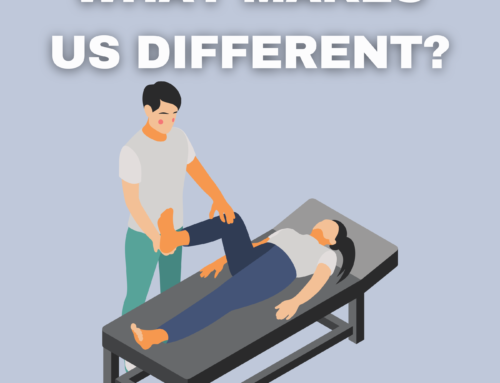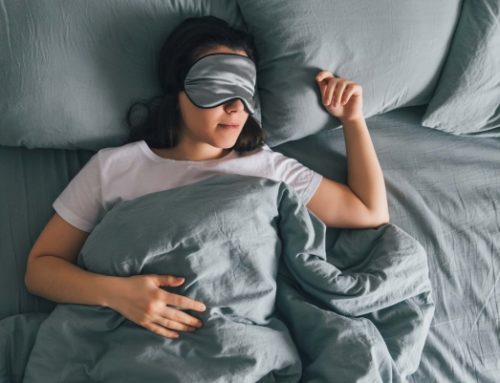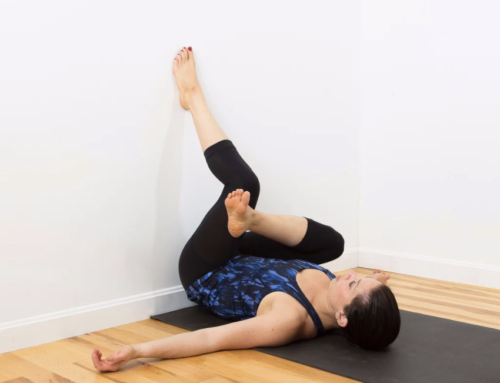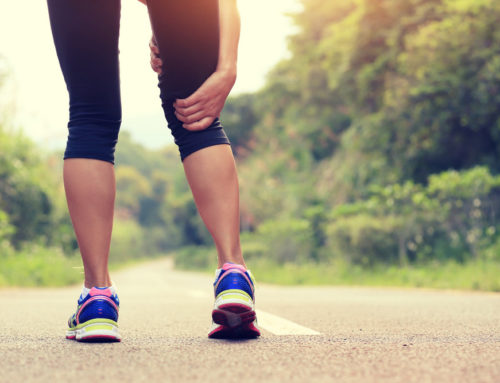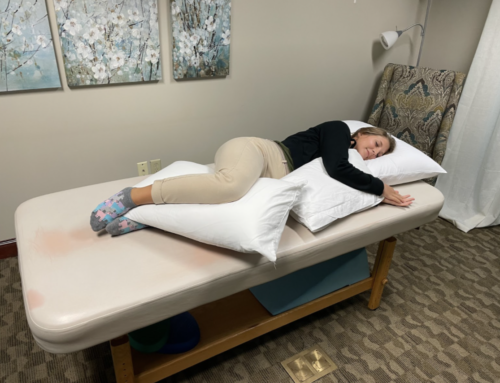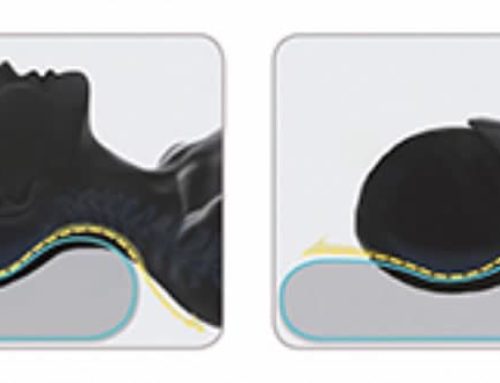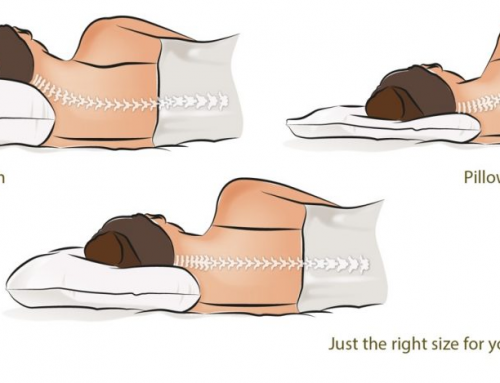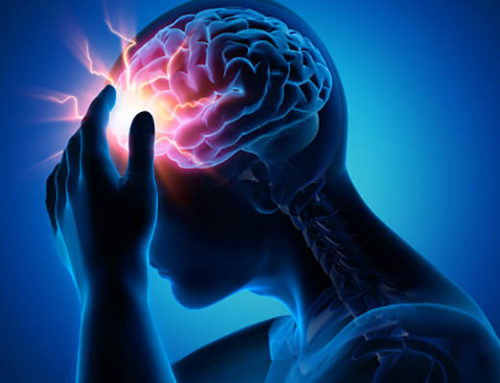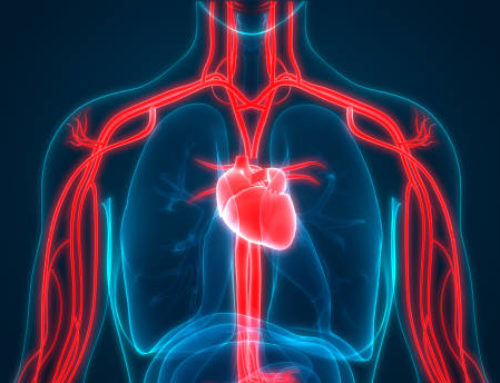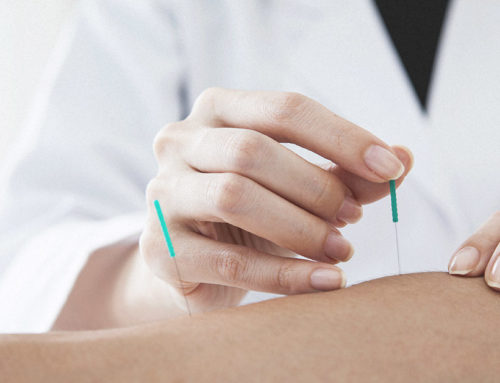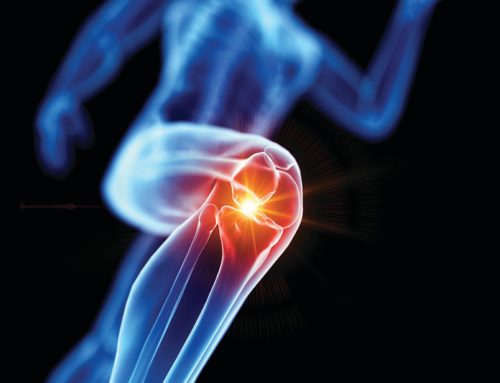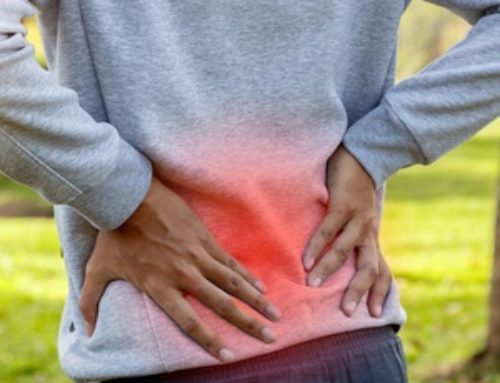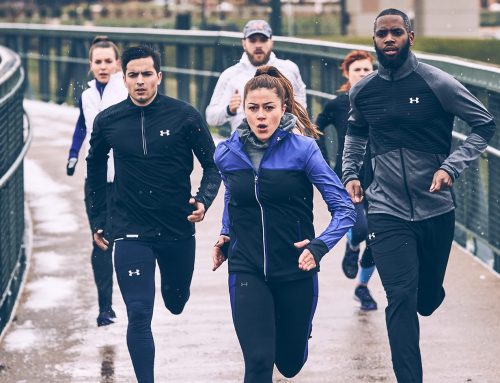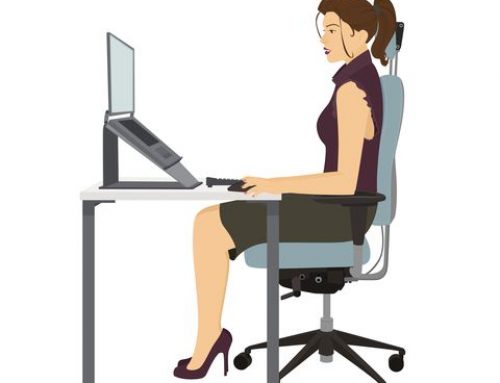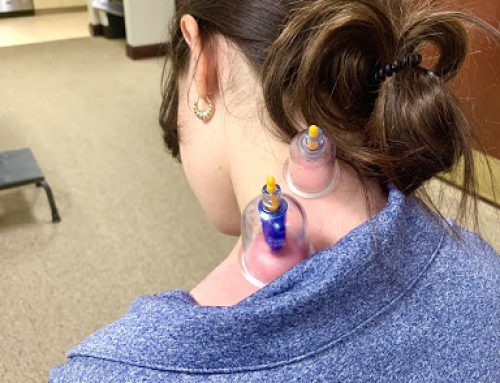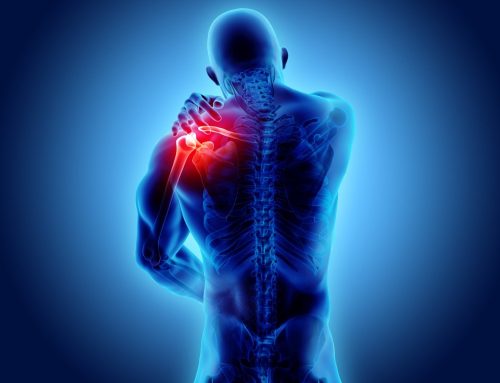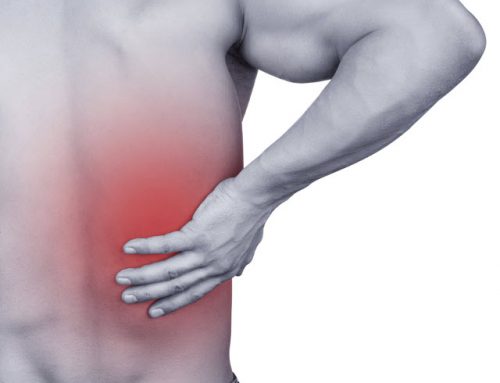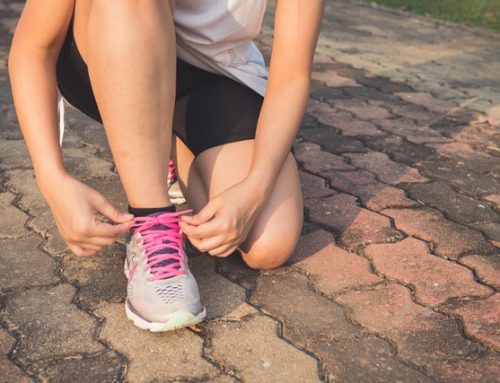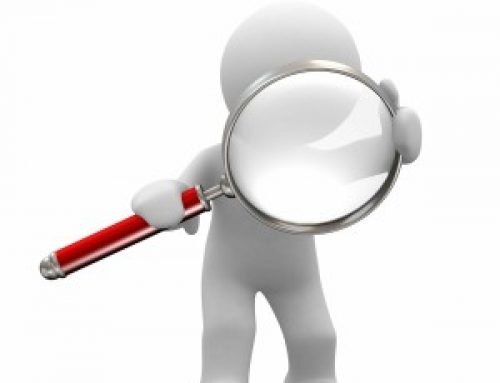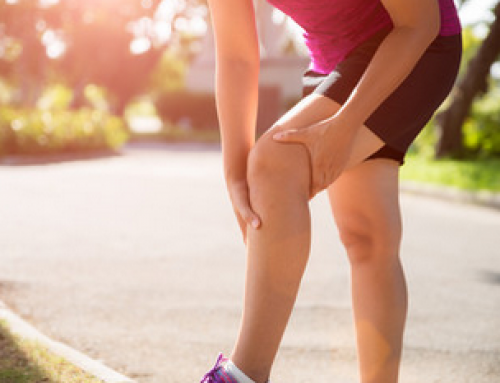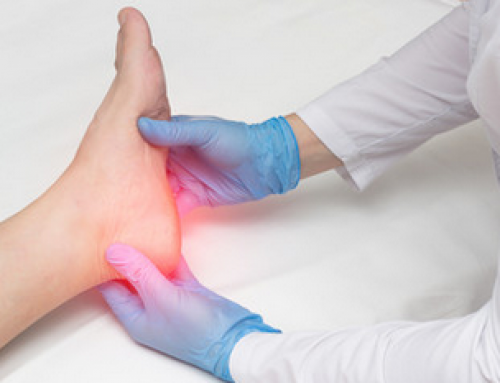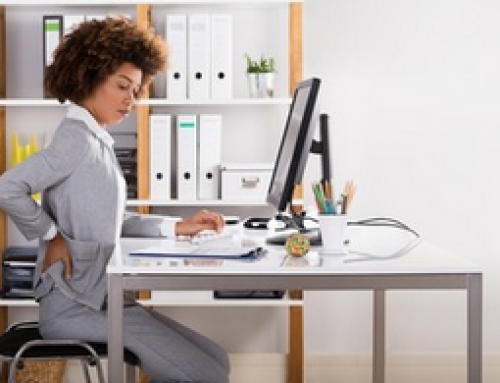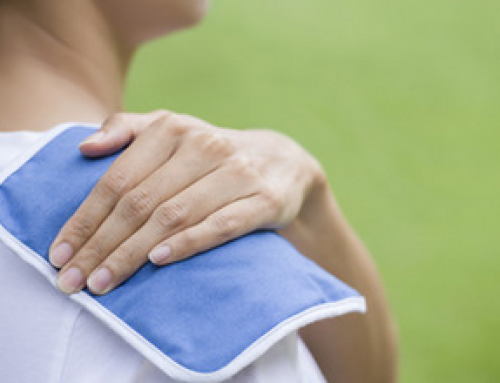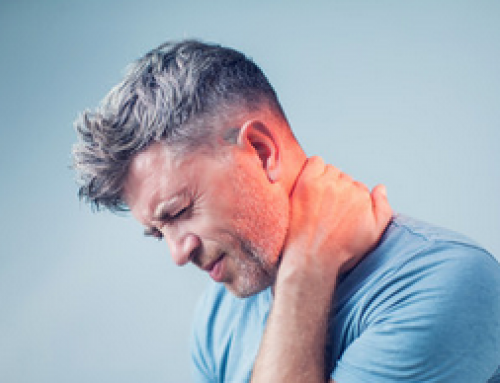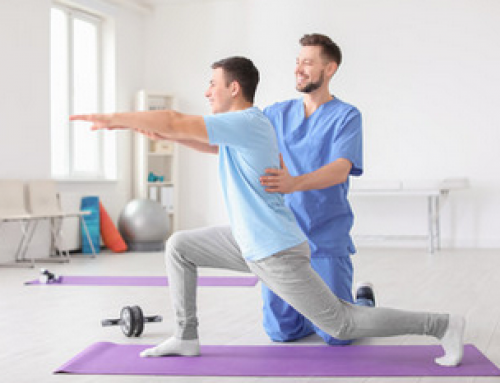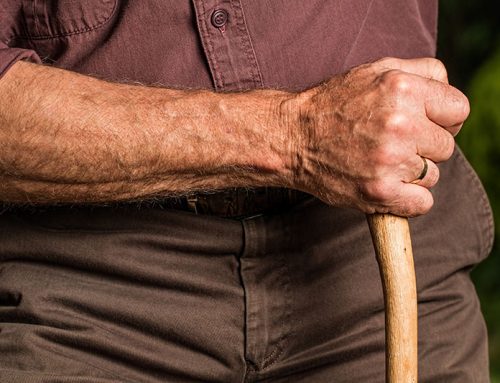Low back pain can be a difficult issue people experience as they age. It is also one of the most common conditions treated by physical therapists. Low back pain can be debilitating and prevent people from doing the activities they enjoy like tennis or playing with their grandchildren. According to the CDC, around 28% of adults from ages 18-29 experience low back pain, and this number increases as we age to 45% of adults older than 65. How do we prevent low back pain? Despite these statistics, you do not have to live with back pain and there are several ways to help reduce and prevent the pain.
Low back pain can be caused by injuries such as straining a muscle of the back or herniating a vertebral disc. However, it is the gradual onset of low back pain that is more difficult to explain. As we age, degenerative changes gradually occur in the spine that is perfectly normal for everyone to experience. These changes include loss of disc hydration, loss of muscle strength and elasticity, and the thinning of our bones. It is important to know that degeneration of the discs in the spine does not always correlate with the presence of low back pain. In fact, asymptomatic patients can have degeneration revealed on imaging. This is because proper biomechanics can help evenly distribute forces on the body during daily activities which helps to avoid inflammation or overuse injuries at certain areas of the back.
Lifestyle factors that can compound the likelihood of back pain associated with these changes are low physical activity levels, weight gain, smoking, and high levels of physical stress on the body. Exercise is one of the most beneficial ways to reduce the symptoms of degenerative related changes to the spine. Movement allows the body to self-lubricate joints throughout the spine by producing synovial fluid. Additionally, exercise helps to engage and strengthen musculature required to improve the dynamic stability of the spine during daily activities. However, biomechanics, or how we move our bodies, is an often overlooked contributor to back pain. Hypomobilities at the neck, shoulder, thoracic spine, hips, knees and ankles can affect our movement patterns while standing, walking or sitting causing certain areas of the spine to become overused or inflamed. That is why the root cause of back pain can be attributed to other areas of the body, and it is also why x-rays or an MRI may not reveal anything remarkable about the area of the spine where the pain is.
If you have tried several different ways to address your low back pain such as exercise, pain medications, injections or even surgery and continue to have low back pain, the next step would be a comprehensive assessment from a physical therapist to target and address movement dysfunctions in order to improve your movement patterns and alleviate your back pain. Innovative Physical Therapy can help you. Schedule your FREE comprehensive assessment with us at (904) 280-2002 or visit us at mymanualpt.com.


